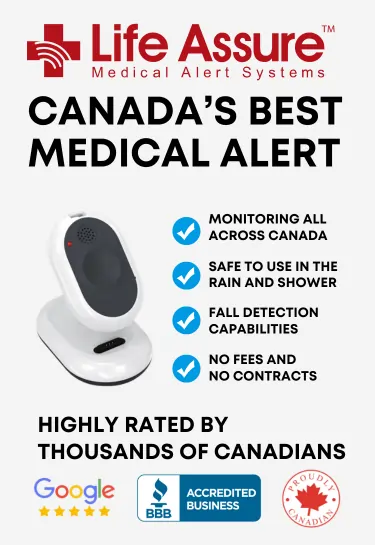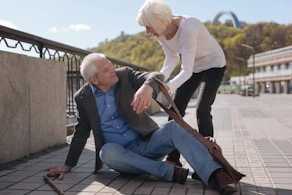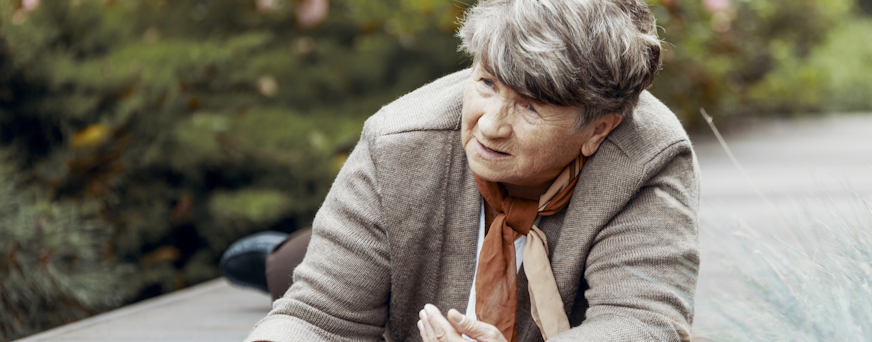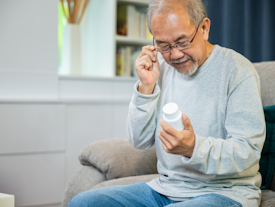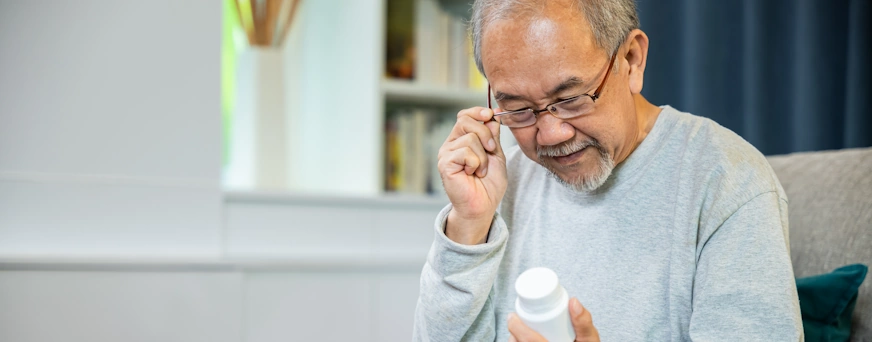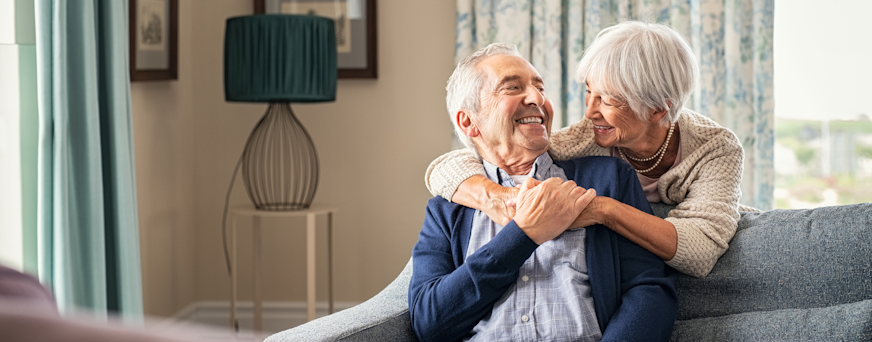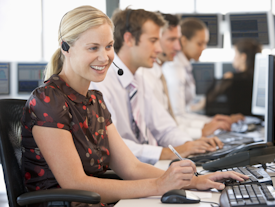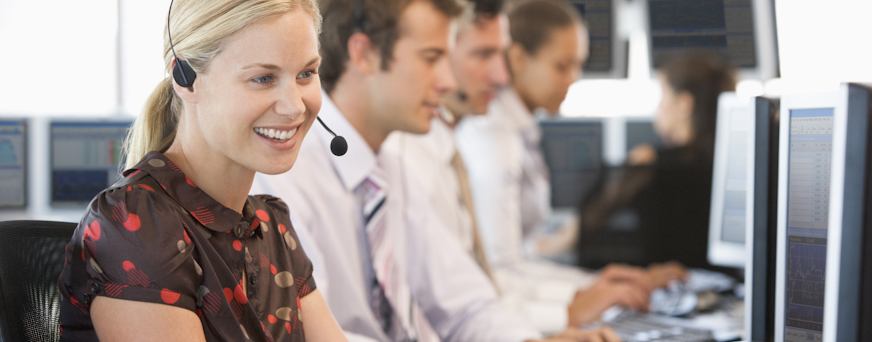Remote Patient Monitoring: How Technology Is Transforming Healthcare For Seniors
Remote patient monitoring (RPM) uses technology to track a person’s health status from home, allowing healthcare providers to monitor vital signs, manage chronic conditions, and respond quickly to potential health issues. RPM offers a practical and effective way for aging adults to receive medical care while maintaining independence and comfort at home.
RPM involves using devices such as blood pressure monitors, glucose meters, and wearable health trackers to collect and share data securely with healthcare professionals. This technology provides valuable insights into a senior’s health, enabling timely interventions and reducing the need for frequent in-person visits.
Learn more about remote patient monitoring, its benefits for Canadian seniors, and how to choose the right RPM system to support a healthier and safer lifestyle at home.
Life Assure Product Quiz
Take our 30 second quiz and discover which Life Assure medical alert device is the right fit for you or a loved ones.
Life Assure Product Quiz
Take our 30 second quiz and discover which Life Assure medical alert device is the right fit for you or a loved ones.
What Is Remote Patient Monitoring?

Remote patient monitoring (RPM) is a healthcare technology that allows medical professionals to track a patient's health remotely through connected devices and digital tools. Foyes9content her seniors living at home, RPM offers a safe and convenient way to manage chronic conditions and monitor vital signs without frequent healthcare visits.
The system typically involves small, user-friendly devices that seamlessly integrate into a senior’s daily routine. These might include:
- ● Wearable Devices: These are lightweight wristbands or patches that monitor heart rate, activity levels, or sleep patterns. Some resemble fitness trackers, while others may be as simple as a comfortable adhesive patch.
- ● Medical Devices: Home-based tools like digital blood pressure monitors, glucose meters, or pulse oximeters often feature large, easy-to-read displays and simple controls for easy use.
- ● Mobile Apps: Many RPM systems connect to smartphone or tablet apps that collect health data, display trends, and provide reminders for medications or appointments. These apps often include caregiver access, enabling family members to stay informed about their loved one's health.
These devices automatically transmit data to healthcare providers in real time. If the system detects unusual readings, the provider can contact the patient or adjust treatment plans as needed. This proactive approach helps seniors maintain their health while enjoying the comfort and independence of living at home.
Benefits Of Remote Patient Monitoring For Seniors

Remote patient monitoring offers significant advantages for seniors living independently. By providing real-time health data to healthcare providers, RPM helps detect potential health issues early and supports proactive care. This technology enhances safety, improves quality of life, and offers seniors and their families peace of mind.
Improved Access To Healthcare
RPM allows seniors to receive ongoing health monitoring without needing frequent in-person visits to the doctor. With wearable devices and home monitoring tools, vital signs such as blood pressure, heart rate, and blood glucose levels are tracked consistently. Healthcare providers can access this data remotely, allowing them to adjust treatment plans as needed. This convenience makes managing chronic conditions easier and reduces the burden of travel for routine check-ups.
Enhanced Safety And Emergency Response
One of the standout benefits of RPM is its ability to detect emergencies quickly. Devices with sensors can identify falls or detect irregular heart rates, automatically sending alerts to healthcare professionals or family members. These rapid notifications ensure that help arrives quickly, particularly in emergencies where every minute counts. RPM systems also support seniors by providing a safety net, allowing them to live independently while knowing assistance is available.
Overall, RPM empowers seniors to manage their health more effectively. It supports aging in place by offering a blend of independence and security, allowing seniors to maintain a higher quality of life with reduced risks.
How Remote Patient Monitoring Works
RPM uses advanced technology to collect and transmit health data from a senior’s home to healthcare providers. The process involves using connected devices that automatically gather health metrics.
These devices work through built-in sensors that measure specific health indicators:
- ● Blood Pressure Monitors: Detect blood flow and measure systolic and diastolic pressure using an inflatable cuff.
- ● Glucose Meters: Analyze a small blood sample to monitor blood sugar levels.
- ● Wearable Heart Rate Sensors: Use light sensors to measure pulse through the skin, often as a wristband or chest strap.
- ● Smart Thermometers: Measure body temperature with contact or infrared technology.
- ● Pulse Oximeters: Clip onto a fingertip to assess blood oxygen levels using light absorption.
The collected data is automatically sent to a secure platform via Wi-Fi or Bluetooth. Healthcare providers access this information in real-time, allowing them to monitor health trends, identify potential issues, and adjust treatment plans remotely. RPM systems often include automated alerts that notify healthcare professionals and caregivers of abnormal readings, prompting timely interventions.
Data Privacy And Security
A critical aspect of RPM is ensuring the privacy and security of personal health data. These systems comply with stringent regulations, such as the Personal Information Protection and Electronic Documents Act in Canada, which governs how personal health information is stored, transmitted, and accessed.
Data collected through RPM devices is encrypted and stored on secure servers to protect against unauthorized access. Many systems require multi-factor authentication and use secure communication channels to safeguard data. Seniors and their families can feel confident knowing that their health information is handled with the utmost care and in compliance with Canadian privacy laws.
By combining advanced technology with robust security measures, RPM systems provide seniors with safe and effective healthcare solutions from the comfort of their homes.
Choosing The Right Remote Patient Monitoring System
When selecting an RPM system, consider specific health needs, ease of use, and compatibility with existing healthcare services. Look for systems that offer:
- ● User-Friendly Devices: Simple interfaces with large displays and easy-to-follow instructions.
- ● Comprehensive Monitoring: Choose systems that track relevant health metrics such as heart rate, blood pressure, glucose levels, or mobility.
- ● Real-Time Alerts: Systems with automatic notifications to healthcare providers and caregivers in case of emergencies.
- ● Data Integration: Ensure the system can connect with healthcare providers’ platforms for seamless communication.
It’s also wise to consult with healthcare professionals to select an RPM system that complements existing treatment plans and addresses individual needs.
Embrace RPM Technology For Greater Independence
Remote patient monitoring offers Canadian seniors a practical and reliable way to manage their health from home. By providing continuous health monitoring, early detection of potential issues, and enhanced communication with healthcare providers, RPM supports a safer and more independent lifestyle.
Conclusion
For seniors and their families, incorporating RPM technology into daily routines offers peace of mind, knowing that health is monitored consistently and accurately. Consider adopting RPM to maintain well-being and independence while enjoying the comfort of home.




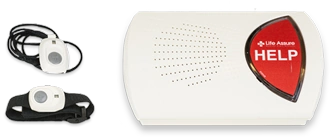
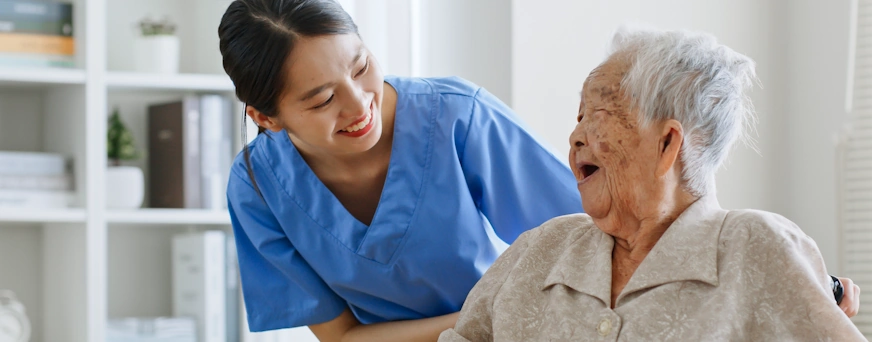

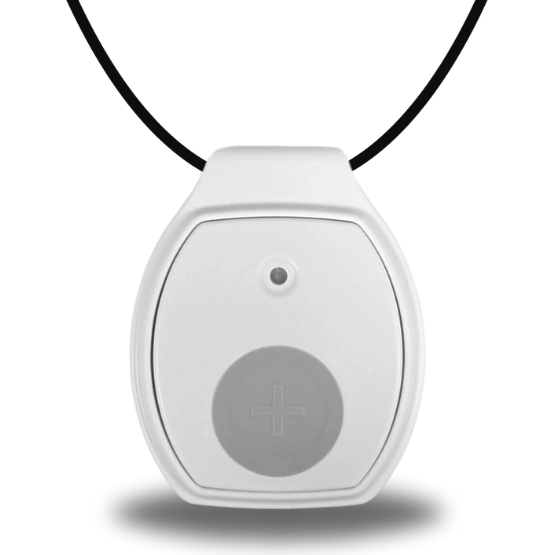
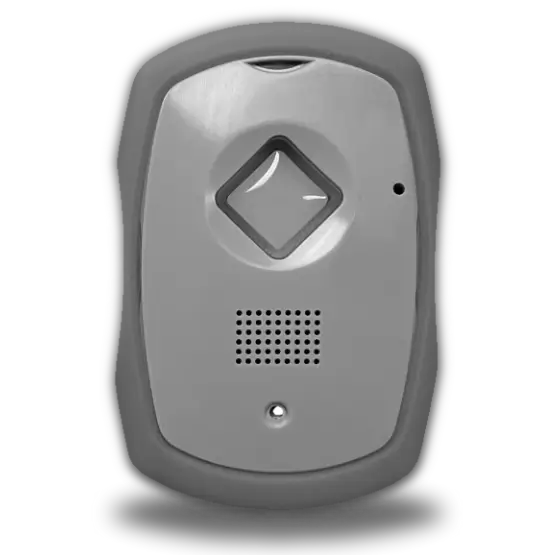

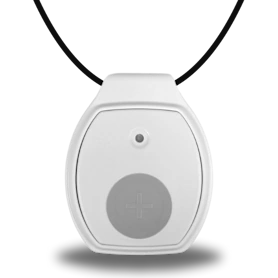

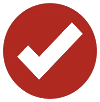 Get Help With The Push Of
A Button
Get Help With The Push Of
A Button
